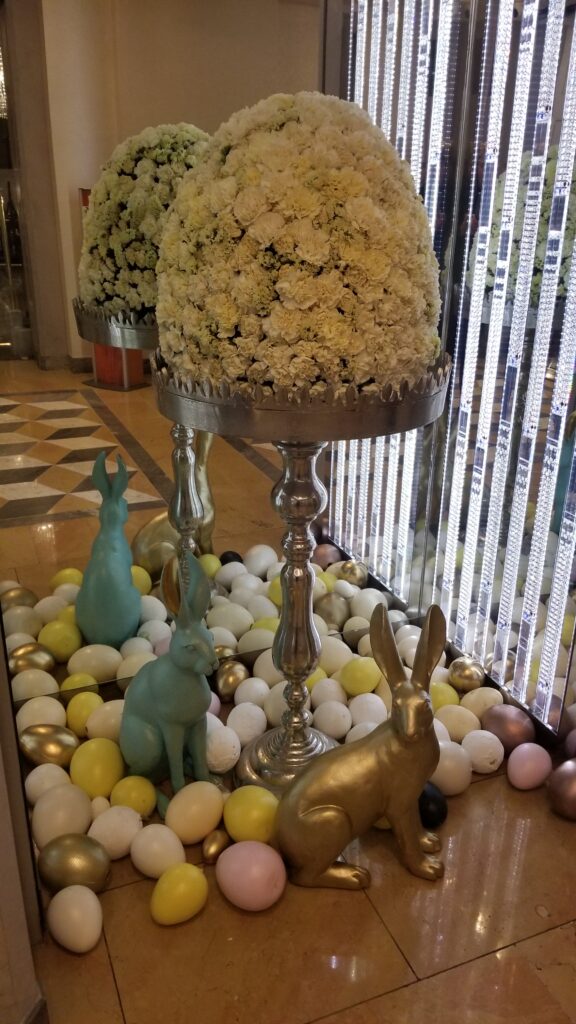coelha/coelho (P)
rabbit (E)
lapine/lapin (f)
coniglia/conoglio (I)
coneja/conejo (S)
Ōkunoshima island, japan
Ōkunoshima Island, an island south of Mihara, Japan, was the epicenter of the production of poison gas by the country of Japan during World War II. Beginning in 1925, the Imperial Japanese Army Institute of Science and Technology started a program to develop chemical weapons. A factory was built between 1927 and 1929 that went on to produce more than six kilotons of mustard and tear gas. Mustard gases form blisters on exposed skin and in the lungs, leading to prolonged illness and death. Mustard gas was used in the Iran-Iraq war of the 1980s, resulting in more than 100,000 deaths. The factory on Ōkunoshima Island also produced tear gas. Tear gas stimulates a gland in the eye to produce tears and can cause eye and respiratory pain, skin irritation, bleeding, and blindness. The 1925 Geneva Protocol, of which Japan was a signatory, had banned the use of chemical weapons but hadn’t banned the development and/or storage of chemical weapons.
Ōkunoshima Island was far from the capital city of Tokyo and the existence of the factory was kept secret, with even residents of the island and workers at the plant unaware of the real products that were being manufactured. Working conditions were unsafe and workers suffered exposure to toxins. This documentary documents the history of the island, which was kept secret even after Japan was defeated during World War II and the chemical weapons were disposed of. It wasn’t until 1988 that the Ōkunoshima Poison Gas Museum was opened.
The island is today home to more than 700 rabbits. While the factory was open, rabbits were used for testing the effectiveness of the chemical weapons, but those rabbits are not related to the rabbits currently on the island. According to urban legend, in 1971, eight rabbits were released at an elementary school and eight rabbits are now about 700 wild animals. Hunting is forbidden as are dogs and cats. Rabbit lovers flock to the island.
It’s fitting that our Word today is German. This post was originally published on Good Friday, with Easter on Sunday. So it was chocolate Easter bunny season. One of the earliest mentions of a rabbit being associated with Easter was in the early 17th century when the Germanic people of Europe introduced the Osterhase—a rabbit (really more of a hare) that brought gifts to children at Easter time. German immigrants who settled in America brought the tradition with them.

Chocolate Easter bunnies as we know them today became popularized throughout the U.S. in 1890 thanks to Pennsylvania shop owner Robert L. Strohecker, who displayed a five-foot tall one in his store window. What is the first thing most people eat on a chocolate Easter Bunny? The ears.
